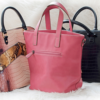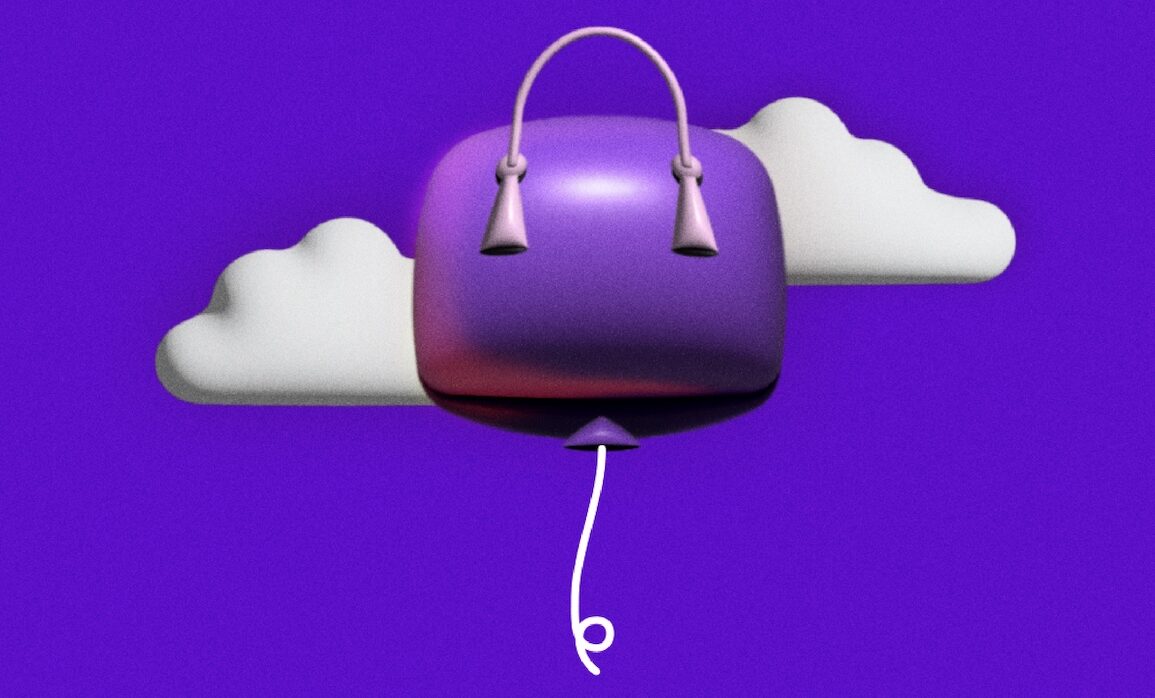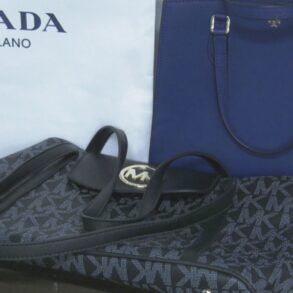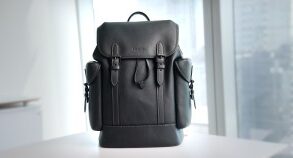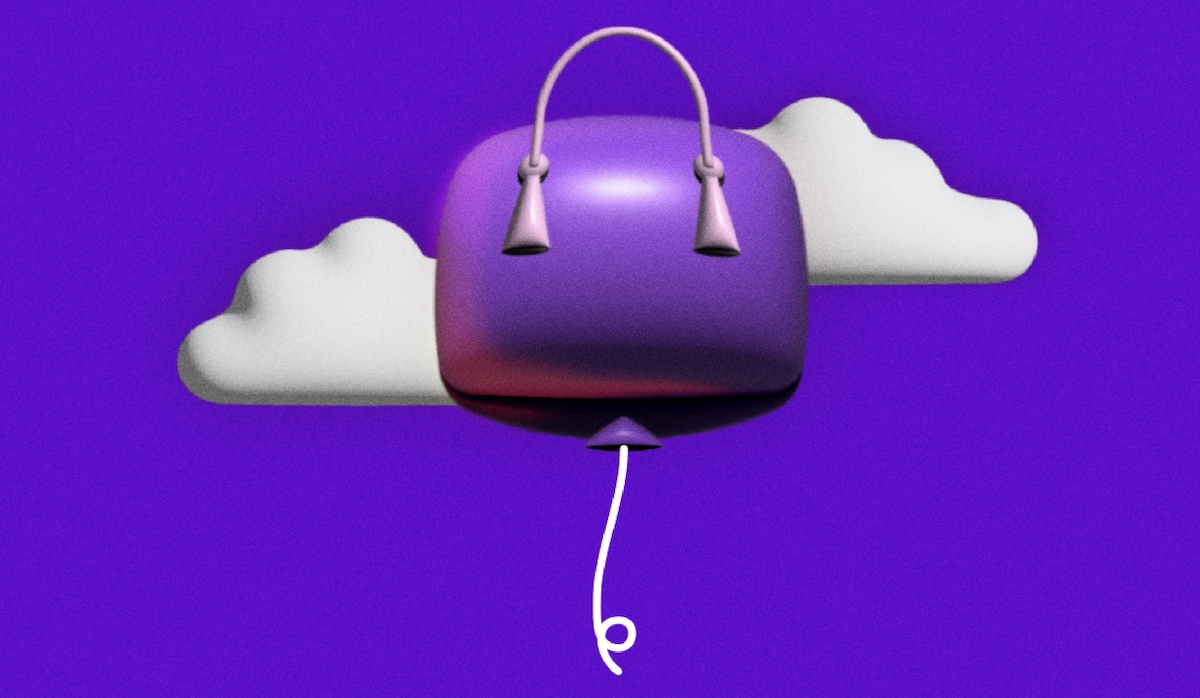
Luxury brands may not be as recession-proof as analysts once thought.
As recently as last year, high-end goods continued enjoying consistent demand, with people known to purchase these products like handbags and jewelry as long-term investments — even during uncertain economic conditions.
A few recent examples highlight this: for the past year, marketplace Farfetch had been spiraling, with ongoing rumors of bankruptcies surrounding the company — leading to failure to raise more capital and several board members stepping down. Late last month, Farfetch finally received a last minute rescue through an acquisition by South Korean e-commerce company Coupang, giving Farfetch a $500 million lifeline. It’s a long way from the company’s peak, at its height in 2021 the company was valued at over $23 billion. As an e-commerce bellwether for the luxury sector, analysts look at Farfetch as a cautionary tale of luxury players overestimating long term demand for their products.
But Farfetch isn’t the only company in the luxury space to end its streak of growth that was fueled by a spike in discretionary spending during the pandemic’s peak period. Luxury segment analysts are warning of ups and downs in the coming months, which will be somewhat aided by a strong end-of-year boost. And it points to changing consumer preferences and tightening budgets. As such, luxury brands — long considered “recession proof” due to their ability to quickly recover during a bad economy — are in a state of flux, with some trying to change their overall business strategies for long term growth.
Analysts at HSBC Global Research, for instance, say a “roller coaster still ahead” for luxury group LVMH – which owns brands like Louis Vuitton, Dior, Fendi and Tiffany & Co. – with some rebound expected in the fourth quarter. The multinational’s third quarter report, released in October, saw total year-over-year revenue increase by just 1%, with the U.S. market’s sales being down 2%. Much of the growth came from LVMH’s fashion and leather goods division. Meanwhile, the wines and spirits division posted a 14% revenue decline during the quarter, with LVMH citing a decline in Champagne demand.
Meanwhile, LVMH competitor Kering — owner of Gucci and YSL — is also experiencing a slowdown in sales. In October, the company reported underwhelming third quarter results – coming in lower than analysts’ already-downgraded forecasts; Kering’s year-over-year revenue dropped 13% at exchange rates, to 4.46 billion euros.
Indeed, some experts predict that luxury will slow down while fast fashion continues to rise, especially as companies like Shein increasingly attract young shoppers ahead of its reported IPO. Now, brands will need to readjust their merchandising strategies to reflect the current economic realities, said Joanne Chow, co-founder of fashion data analytics company Jellibeans.
Chow described Farfetch as a major case study in luxury companies that were doing well during the pandemic. Like many e-commerce companies, Farfetch expanded rapidly into more regions and invested in tech capabilities.
Farfetch’s woes also come at a time when many of these brands, including Burberry and Louis Vuitton, are reducing their wholesale presence and moving toward selling to customers directly for more control over distribution. “For a brand, being on a platform isn’t as profitable as selling through a traditional wholesaler like Bloomingdale’s or Nordstrom,” Chow said. “In a good economy, this type of business is easy to scale up,” Chow continued, but not so much when demand is down and the markets are unstable.
Inconsistent demand from a growing customer base
The lull in luxury demand is likely due to the current economic landscape.
Julie Petit, partner and consumer products, luxury & retail leader at consulting firm Mazars, said despite spending resilience, many of the shoppers who aspire to purchase luxury goods are feeling the weight of inflation. “Consumers in the U.S. had money to spend during lockdowns, and spent a portion of it on luxury items,” Petit explained. “But late last year we started seeing inflation on essentials finally started to impact these shoppers.”
In recent years, luxury brands enjoyed an influx in wealthy millennials and Gen Z driving the bulk of their sales. Thanks to e-commerce and real-time social media trends, younger people with disposable income have gravitated toward luxury handbags, shoes and jewelry. Some of the top luxury brands among Gen Z luxury shoppers now include Chanel, Dior and Prada. In January, LVMH reported that revenue for its fashion and leather goods category was up 70% in 2022, compared to 2019 – driven largely by Dior and Louis Vuitton.
But even this young cohort — which, according to Bain, is expected to represent 80% of global luxury purchases by 2030 — is slowing down.
The so-called white collar recession, in which job cuts are hitting sectors like tech and finance, forced many high earners to cut back on the indulgent labels they were treating themselves to at the height of the pandemic. Analysts also suspect many of these shoppers have depleted their savings coming out of the pandemic, and are becoming more reliant on credit card debt. Then there is the move to luxury resale, where savvy shoppers seek out vintage and gently-used pre-owned designer items.
New buying patterns
That’s not to say that people aren’t still likely to purchase from their favorite luxury brand, Petit said, but they may be downgrading their basket sizes. “They may still buy the brand, but go for items that are lower priced,” Petit said. “That results in sales volume shrinking for luxury brands.”
Cutting back on luxury spending has been top of mind for high-income customers in the past six months. According to a May 2023 Saks Luxury Pulse survey, 57% of respondents with an annual income of $200,000 or more said they plan to spend the same or more on luxury in the next three months, down from 68% in January’s survey.
As they look to survive the slowdowns, some luxury goods makers are considering alternative revenue streams in 2024; A number of these companies are continuously expanding product offerings to diversify their streams of revenue. Dolce & Gabbana, for example, recently announced its upcoming plans to get into skincare and real estate by collaborating on residential and hospitality projects.
Of course, there are always exceptions that make up bright spots. Legacy names like Hermès continue to attract ultra-wealthy clients seeking out coveted items like the Birkin bag. For the majority of the luxury sector, these super rich customers make up a small portion of their overall revenue – and brands like Louis Vuitton and Chanel have historically relied on the high margins that small leather goods and fragrance bring to pad their profits.
Like many retail companies, luxury players aren’t immune to declines. “I think luxury is always going to be attractive,” said Chow. “But it also comes down to people putting money back into the brand.” This includes luxury brands building out e-commerce features and digitizing their operations, she added, “to ensure they sustain themselves against competition in a very difficult coming year.”
This post was originally published on this site be sure to check out more of their content.

